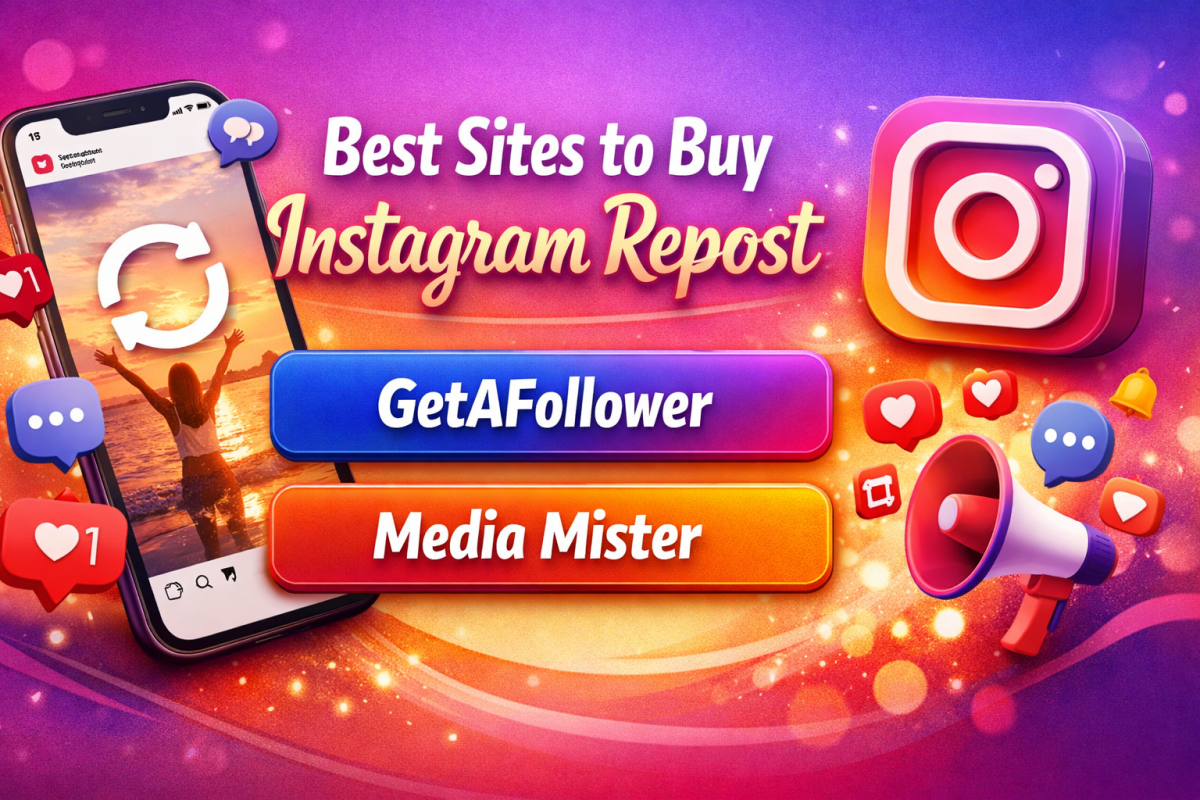Creating an engaging and memorable customer experience is no longer just an option for businesses aiming to thrive in today’s competitive market; it’s an outright necessity, but not one which is easy to implement. In fact, the cornerstone of every good customer experience is solid and professional web design services.
Another key tool in providing a superb user experience is the funnel, a strategy that works in optimizing customer experience within marketing. But forging strong bonds can be even more efficient in the reproduction of brand loyalty in Latin America.
Customer experience (CX) optimization is key to not only attracting more clients but also forging strong and lasting bonds between a company and its clientele.
Get The Daily Illini in your inbox!
Understanding customer experience optimization
Customer experience optimization is a holistic approach that involves refining every touchpoint between a customer and a company to ensure a positive, memorable experience for the customer.
It’s about understanding and anticipating the needs and preferences of your customers, then tailoring your services, products and interactions to meet and exceed those expectations and pain points. It’s also a way of getting closer to them.
This optimization process is crucial for attracting new customers and retaining existing ones as it directly impacts satisfaction and loyalty.
It’s also important to remember that in times of artificial intelligence, where any marketing strategy can be executed in a click of a button, CX optimization is “human made”, which means human empathy is one of the main components in order to optimize customer experience.
Powerful key to attract and retain
In an era where choices are abundant, and switching costs are low, customers are more empowered than ever. They seek not only a product or a service, but an experience that resonates with them on a personal level and expect it to reach the high standard they’ve become used to. .
Customers 2020: A Progress Report, a study by Walker, predicted that by 2020, customer experience would overtake price and product as the key brand differentiator.
This prediction has materialized, with businesses that prioritize customer experience seeing higher customer retention, satisfaction and lifetime value.
Ways to optimize customer experience
- First impressions matter: Customers sometimes do judge a book by its cover! A positive initial interaction can set the tone for the customer journey. By optimizing these first relationship steps, businesses can increase the chances of converting prospective customers into loyal ones.
- Personalization: Tailoring experiences to meet individual customer needs and preferences demonstrates that a company values its customers as individuals and worries about them. This personal touch can be a powerful tool in attracting and, more importantly, retaining customers so that they don’t feel forgotten.
- Feedback: Implementing technological mechanisms to capture and act on customer feedback shows that a company is committed to continuous improvement based on its customers’ needs and experiences. This responsiveness can attract new customers and deepen existing relationships, since they feel valued and listened to..
- Consistency across channels: Ensuring a seamless, consistent experience across all channels – whether online, in-store, or via customer service – reinforces a positive brand image and encourages customer loyalty. It’s crucial to implement customer experience optimization in all channels.
Strategies for optimizing customer experience
To effectively optimize customer experience, businesses must adopt a customer-centric mindset and implement strategies that address various aspects of the customer journey.
It’s also advisable to hire a full team to focus on CX optimization, since it demands closer attention with the client.
A specific team dedicated to CX optimization is key because, together with this, they also lead other strategies, such as mapping the customer journey, leveraging data analytics, using technology software and encouraging a culture that prioritizes customer needs.
See below some actionable strategies:
- Map the customer journey: Understand the different stages customers go through when interacting with your brand, from awareness to purchasing and so on.
Identifying pain points and opportunities at each stage can help in crafting targeted improvements. The use of software and technology sources, for example, is a good way of mapping their journey.
- Leverage data and analytics: Client databases are crucial to customer experience optimization. Utilize data to gain insights into customer behavior, preferences, as well as feedback. Analytics can help in personalizing experiences and predicting future customer needs.
Don’t forget to let them know their data is being collected and used to improve their experience.
- Invest in training and development: Ensure your team understands the importance of customer experience and is equipped with the skills required to deliver exceptional service and commitment. Well-trained and dedicated staff are more likely to create positive interactions with customers.
The customer experience optimization team must have more than three people, but it all depends on the company’s size.
- One must use technology: From customer relation management (CRM) systems to AI and chatbots, technology can improve the customer experience by streamlining processes, facilitating personalization and providing timely support.
But remember, these tools are here to help you out, not to resolve all your problems.
- Foster a culture of customer-centricity: Encourage a company culture that prioritizes customer needs with feedback being a crucial aspect. A customer-centric culture can drive innovation and continuous improvement in customer experience.
The role of emotional connection
Creating an emotional connection with customers is a powerful component of customer experience optimization. Customers who form an emotional bond with a brand are more likely to exhibit loyalty and recommend the brand to others. They feel accepted and valued.
To build this connection, companies should focus on empathy, authenticity and emotional intelligence in their interactions with customers. The main key is to view it from the human angle and put yourself in their shoes. Finally, then, we have a chance of understanding each other’s needs.
Measuring success in customer experience optimization
To ensure the effectiveness of CX optimization efforts, businesses must establish metrics and KPIs to measure success. Common metrics include customer satisfaction (CSAT), net promoter score (NPS), customer effort score (CES) and customer lifetime value (CLV).
Regularly monitoring these metrics can provide insights into the impact of optimization efforts and highlight areas for further improvement.
In conclusion, CX optimization is a critical strategy for businesses aiming to attract more clients and create lasting bonds.
By understanding and addressing the needs and preferences of their customers, companies can stand out in the crowd, in an already crowded market, foster loyalty and drive sustainable growth.
Implementing the strategies outlined in this guide can help businesses embark on a successful journey toward optimized customer experience, and ultimately achieving their goal of building a loyal and satisfied customer base.





